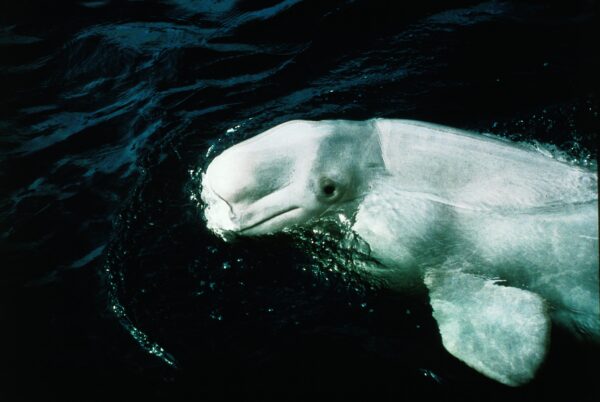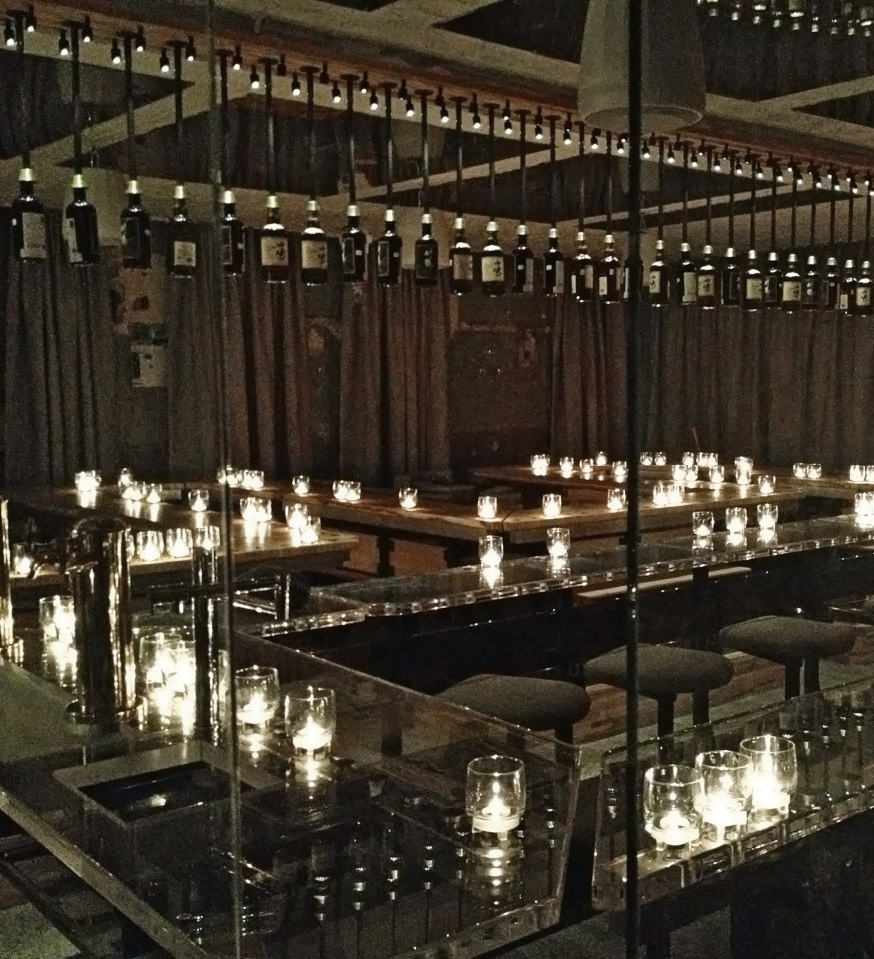Connecting With Whales in Quebec
The Fjord du Saguenay is home to many species of whales and various ways to catch a glimpse of them.

Photo courtesy of Quebec Maritime.
Mention “whale-watching in Canada” as a wildlife adventure, and chances are you’ll think of the east or west coast or Hudson Bay. But Quebec is another place where you can enjoy sighting cetaceans, and the Saguenay area is particularly impressive, offering more than just a boat ride in the bay. Here are five different ways to enjoy whale-watching while visiting the area.
Hike Through Saguenay Fjord National Park

Photo by John Geary
From the park’s visitor centre, cross the bridge over the Riviere-Sainte-Marguerite and begin an easy 3.5-kilometre hike along the shore trail to the viewing point at Baie-Sainte-Marguerite. Along the way, you’ll pass some campsites with ready-to-camp facilities, tents set up for visitors that are not quite what you would call glamping but certainly more than just rustic.
While there is no guarantee you will see beluga whales swim past, it’s a beautiful walk in the woods, listening to birdsong and inhaling the scent of the forest around you. And you’ll get a splendid view at the end of the bay opening up onto the fjord for which the park is named.
Visit the Marine Mammal Interpretation Centre

Beluga whale. Photo courtesy of Quebec Maritime
Tadoussac is the home to the Marine Mammal Interpretation Centre where you can learn all about the biology of the various whale species. There are numerous interactive displays to engage your senses in learning about cetaceans. Indoor mini-theatres screen films. And you can’t miss the 13-metre-long skeleton of a sperm whale exhibited in the centre.
Once you’re finished your crash course in Cetology 101, be sure to stop and take a selfie or two next to the beluga whale sculpture outside the museum.
Hop on a Boat and Search for Whales

Minke whale. Photo courtesy of Quebec Maritime
Basque whalers once used harpoons and lances to hunt for whales, near what is now the village of Tadoussac. Modern-day “whalers” shipping out of the port traded those tools for cameras and video recorders long ago. You can opt to go onboard a ship with a deck and a protected area or travel in a more adventurous Zodiac. If you’re in the latter, you’ll be bundled up in warm suits that make you feel a bit like the Michelin Man.
In the fjord where whales are normally spotted, the boats pull up and interpreters explain about the anatomy and biology of whales, showing how baleen whales such as minkes get their food. Minke and beluga whales are just a couple of the species you can see.
Look for the Lighthouse

Photo by John Geary

Photo by John Geary
A Parks Canada facility, the Cap-de-Bon-Désir Interpretation and Observation Centre is part of the Saguenay–St. Lawrence Marine Park. Upon arriving, the first thing most visitors notice is the lighthouse, at one time a real, working lighthouse. Also on the premises, there is a small museum where you can learn about the various kinds of whales sighted along the river.
Once you’ve checked that out, take a short stroll down the Harbour Porpoise Trail to the rocks along the St. Lawrence River seashore. If you’re lucky, you’ll spot whales surfacing out on the river, but they’re often extremely far out, so if you can bring binoculars, you’ll have a better chance of seeing them. Those aren’t the only forms of wildlife to be spotted there. Aquatic fowl are often glimpsed in the waters close to shore.
Paddle Around the Fjord

Photo by Marc Loiselle, courtesy of Quebec Maritime
There are several adventure companies that provide guided kayaking excursions in the Saguenay Fjord for all levels of paddling, ranging in time from as short as a few hours to multiday trips. Note that Parks Canada advises staying at least 400 metres from beluga whales, especially in July and August, when they give birth. The presence of a kayak near a whale can affect its behaviour and hinder its chance of survival and reproduction.




